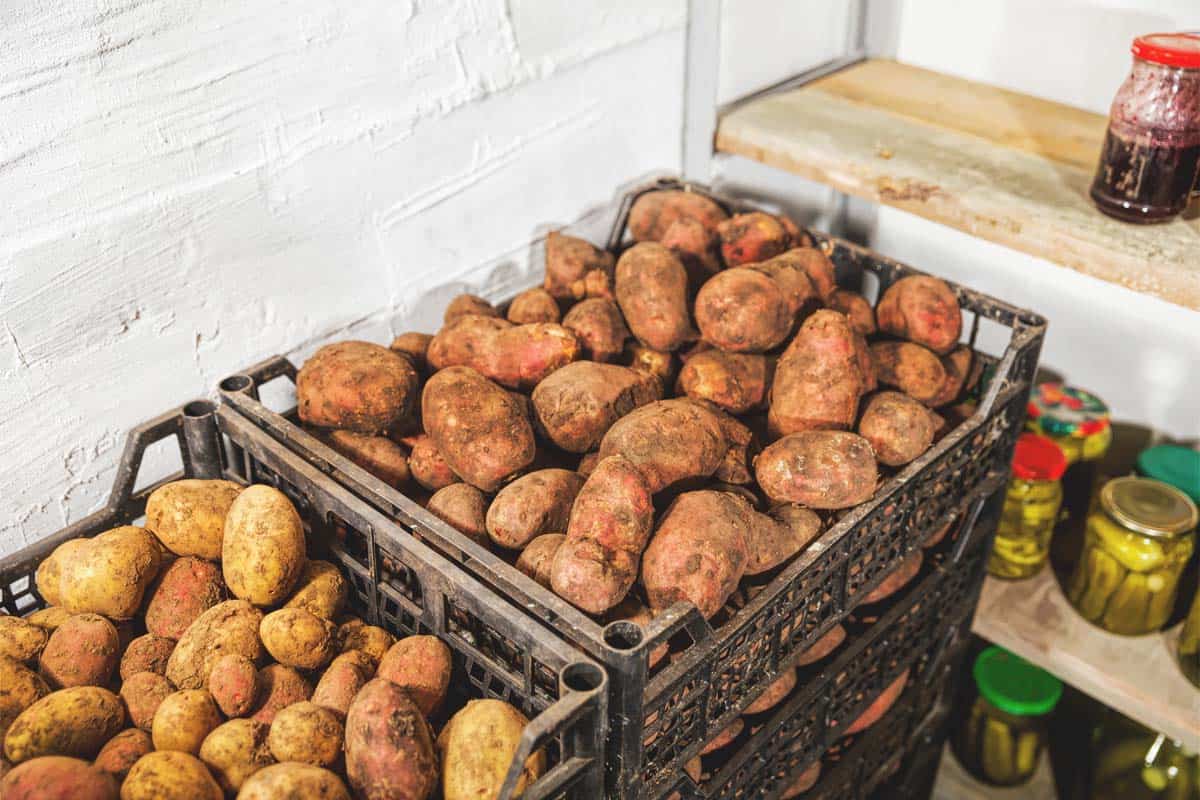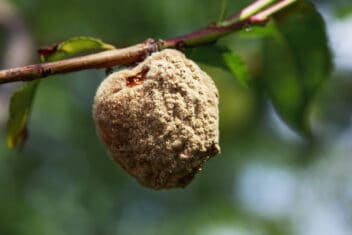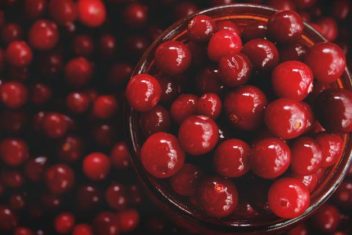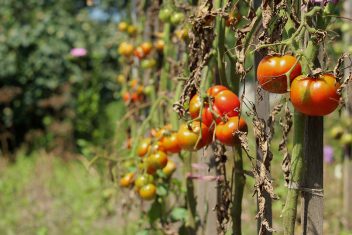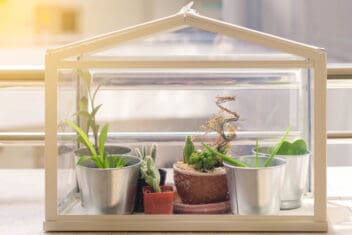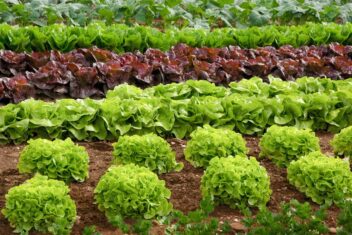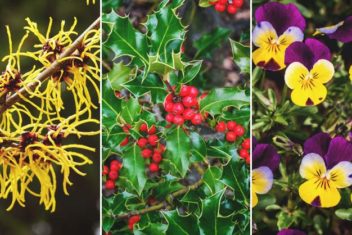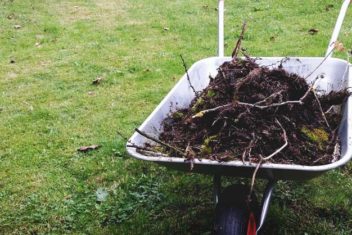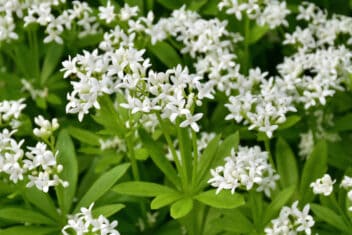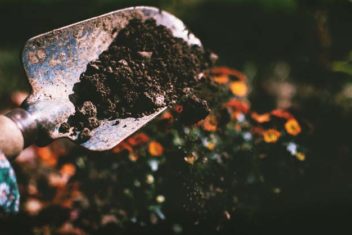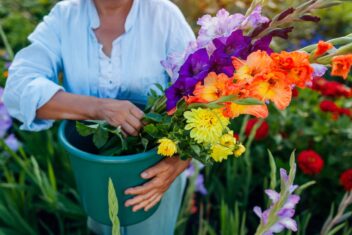Starting a root cellar garden is one of the best ways to give your family independence, nutritious meals, and security during lean times – whether that’s the winter or during a national crisis like the coronavirus pandemic.
While you could just toss your crops in a cool area and call it a day, to make the most of your root cellar, you need to choose plants that do well in long term storage. Then, you need to know the right way to harvest and prepare those plants.
Below, you’ll find what you need to know to make the most of your root cellar garden.

The Basics of a Root Cellar
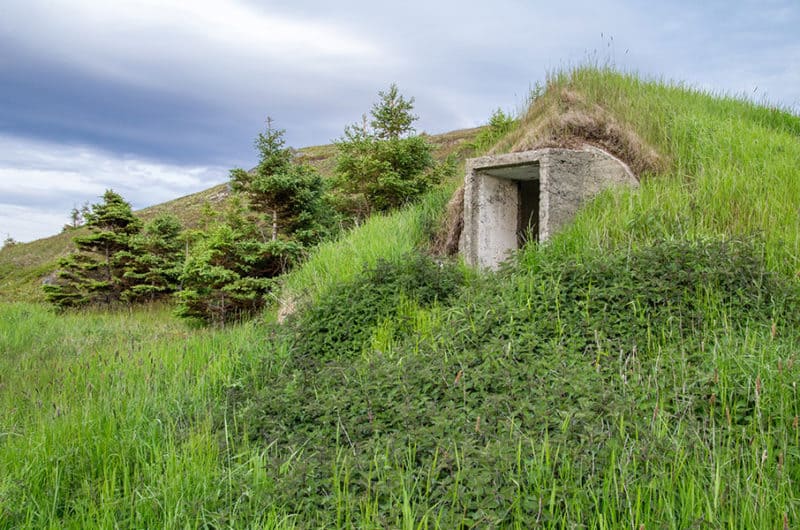
A root cellar is an underground or basement storage area that stays cool and moist during the winter months without refrigeration or electricity. A good root cellar stays around 45°F with humidity around 90%. It also needs ventilation and some shelves to store your fruits and veggies.
Check out our article on how to build a modern root cellar if you want to learn how to make one of your own.
Best Vegetables For The Root Cellar Garden
To create a successful root cellar garden, picking the right plants is key. You must choose fruits and vegetables that can be stored in a root cellar for a long time. It won’t do you any good if you stuff your garden with tomatoes and cucumbers, which can’t store long.
Potato
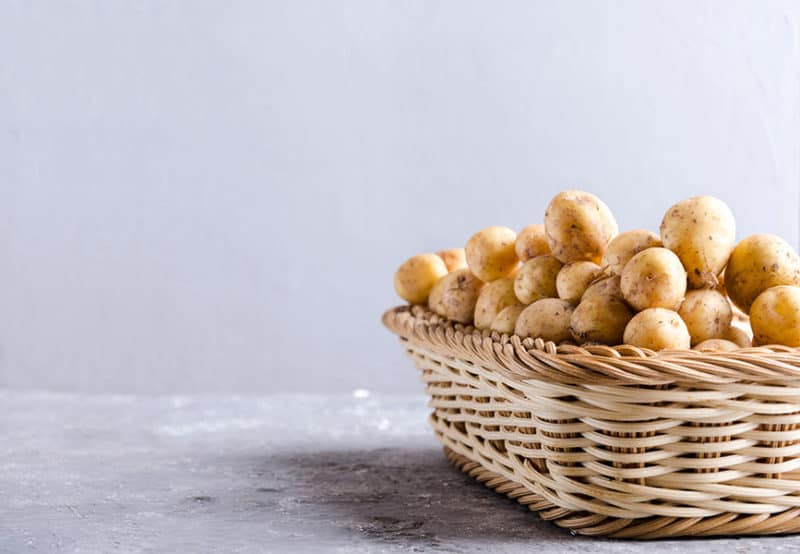
There are lots of different potato varieties and it’s important to pick the right ones for storage. Use the delicious early ones for fresh eating and keep the long season taters for storage.
Wait for the plants to totally die back. After digging the potatoes, gently brush off the dirt. Then, cure them on a table or screen for two weeks in a cool dark place. I stick mine in a three-sided shed that has good air circulation.
Store in the root cellar at 40-45°F and they can last up to six months.
Best storage potatoes: Yukon Gold, Kennebec, Satina, All Blue, and Elba.
Onions and Garlic
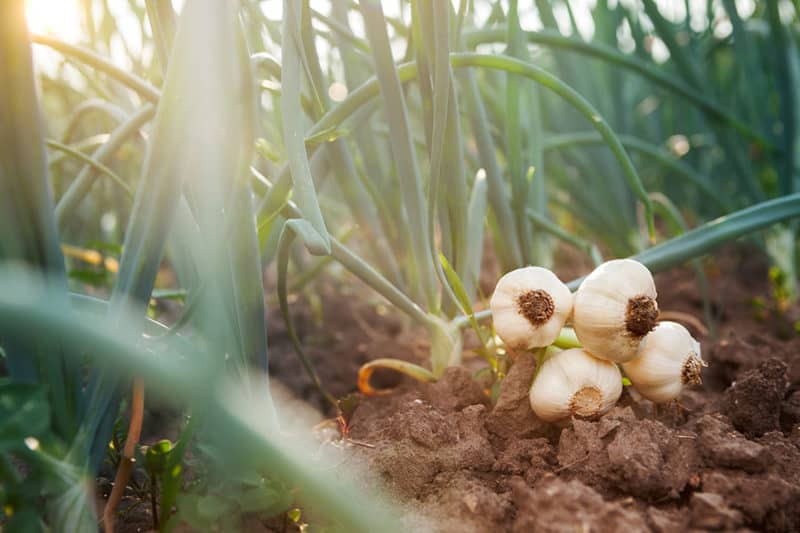
Harvest onion and garlic when the necks become soft and the tops turn brown. Many people braid their garlic and onions and hang them in the kitchen to store them. They store well in a root cellar as well.
The trick is, onions and garlic like it a tad warmer and drier air than you find in most root cellars. Hang them from the root cellar ceiling or place them individually on the top shelf.
Onions and garlic must be cured before storing. Don’t store them near root crops.
Best onions for storage: Redwing, Patterson, Cabernet, Cortland, and Yankee.
Best garlic for storage: Choose softneck varieties such as Californian, Corsican, and Inchelium Red.
Cabbage
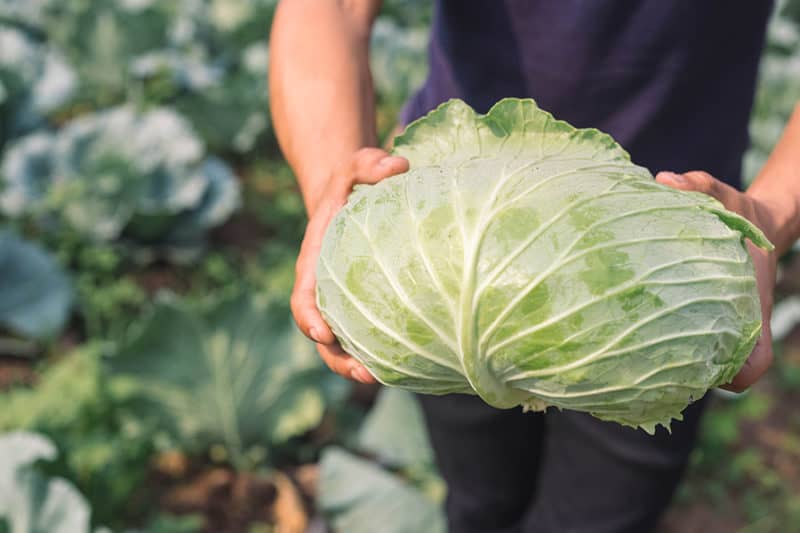
Not everyone thinks of cabbage when planning their root cellar garden, but most cabbages store well. Late varieties with tight, firm heads do the best. Red cabbages typically keep longer than green varieties.
Some cabbages have a strong odor that may permeate the root cellar. You can store them outside in unused garbage cans if it’s not too warm to avoid this. You can also wrap cabbages individually in newspaper or packaging paper, which helps contain the odor.
Leave space between each head while storing and they’ll last 3-5 months in the root cellar.
Best for storage: Brunswick, Danish Ballhead, Kaitlin, Late Flat Dutch, Murdock, Red Acre, and Storage No. 4
Sweet Potato and Yam
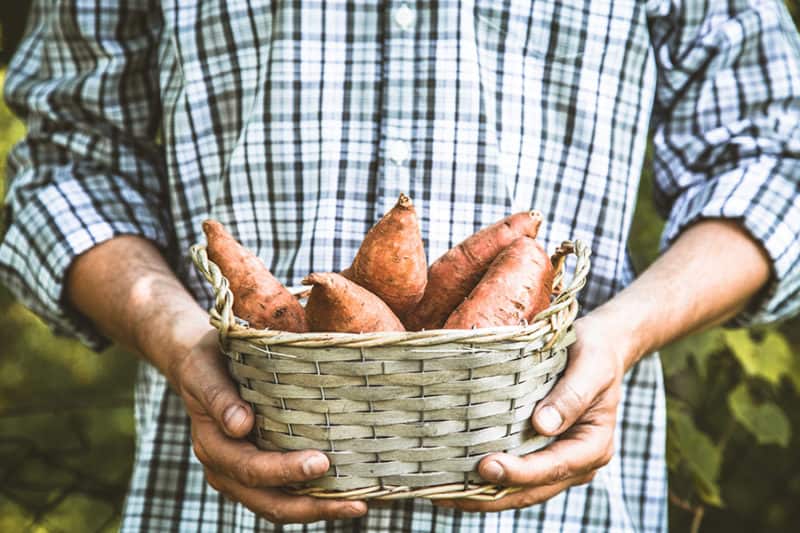
Harvest sweet potatoes and yams and cure them in a warm, damp place at about 80–85°F and 90% humidity. This toughens their skins and encourages the healing of small scratches before you store them.
Don’t wash them, just brush off the dirt.
Store them in a ventilated box or container. You can wrap them in a newspaper, similar to apples, or place them in a bin of sand. They prefer a bit warmer temperature of around 50°F, so place them on a top-shelf.
Sweet potatoes keep up to six months.
Best for Storage: Covington and Muraski
Pumpkin and Winter Squash
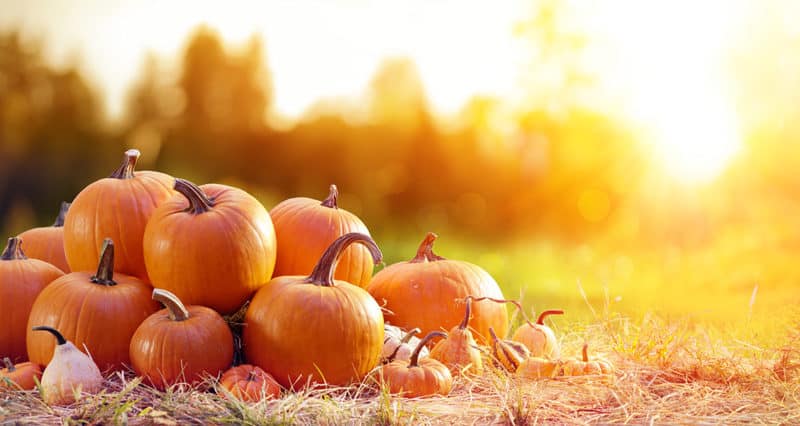
Pumpkins and other winter squash are a staple of the root cellar garden. Cure pumpkins and squash (except acorn or delicata squash) in the sun for two weeks after harvesting to help them develop a hard rind. Leave the stems on.
Squashes do best on lower shelves in the root cellar. Keep them several inches apart.
Best for storage: Some squashes last longer in storage than others. Members of the Cucurbita pepo family, which includes acorn, spaghetti squash, and most smaller pie pumpkins last two to three months. Baby Bear pumpkins, in particular, are good for root cellar storage.
Buttercup and kabocha squash belong to C. maxima, and last a bit longer at four months in the root cellar.
Butternut squashes have hard rinds and the longest storage life, lasting up to six months.
Beets and Carrots
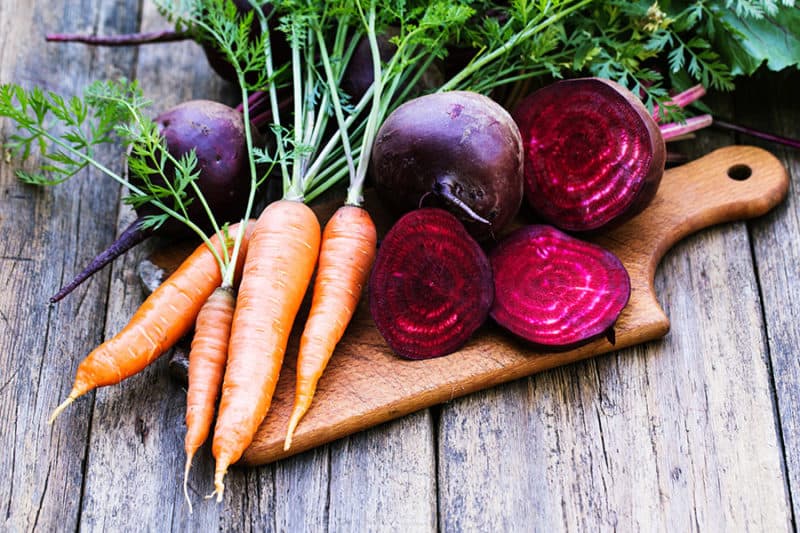
Carrots and beets have the same storage needs. You can store them in boxes of moist sand or sawdust. After digging your carrots and beets, chill them quickly by getting them out of the sun and into a cool shed or garage.
Brush off loose dirt and cut the tops off to about an inch above the root. Lay them down in the sand in layers. They should not be touching each other. They last approximately three to five months in a root cellar.
Best carrots to store: Bolero, Carson, Kingston, Chantenay, Nigel, Red Core, Royal Chantenay and St. Valery.
Best beets for storage: Detroit Dark Red and Red Ace, Boltardy, Long Season and Lutz Green Leaf
Leeks
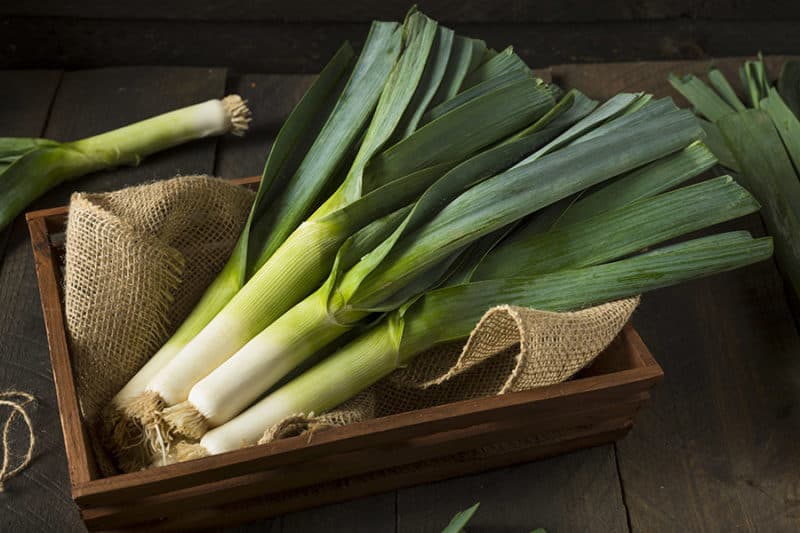
Leeks store similar to carrots and beets, except you need to keep the leeks whole and place them upright in damp sand. A five-gallon bucket works well. They last up to four months in the cellar.
Leek varieties that store well: Arena, Elephant, Giant Musselburgh, Nebraska, and Zermatt
Brussels Sprouts
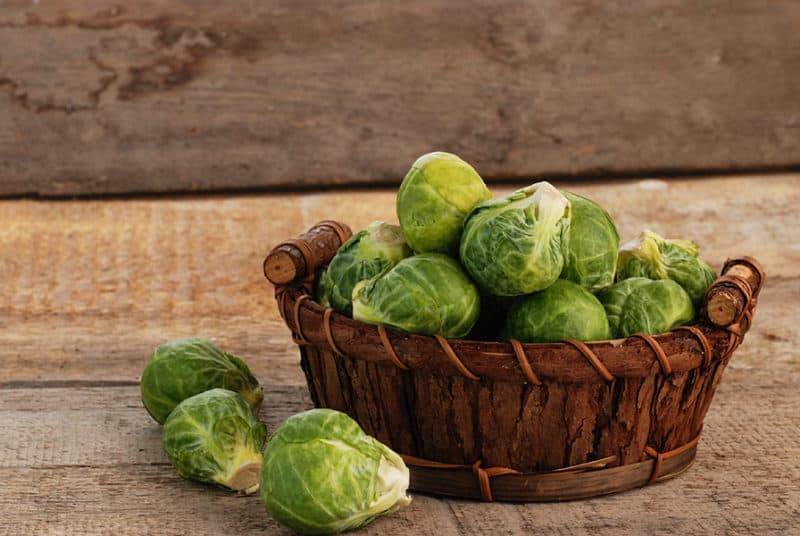
Brussels sprouts are another plant that more people should grow in their root cellar garden. It’s nice to have some green crunchiness in the middle of winter.
Sprouts shouldn’t be harvested until after several instances of frost. The best way to store them is to pull up the entire plant and hang it upside down from the roots.
They can last two months attached to their stalks hanging in the cellar. If that is not feasible, pick the sprouts and store them in a mesh bag. They last about one month once off the plant.
Good storage varieties: Jade Cross, Diablo, and Long Island Improved
Best Fruits For Root Cellar Garden
Veggies get all the attention, but you can store fruit as well. You just need to know which varieties work best in a root cellar garden.
Apples and Pears
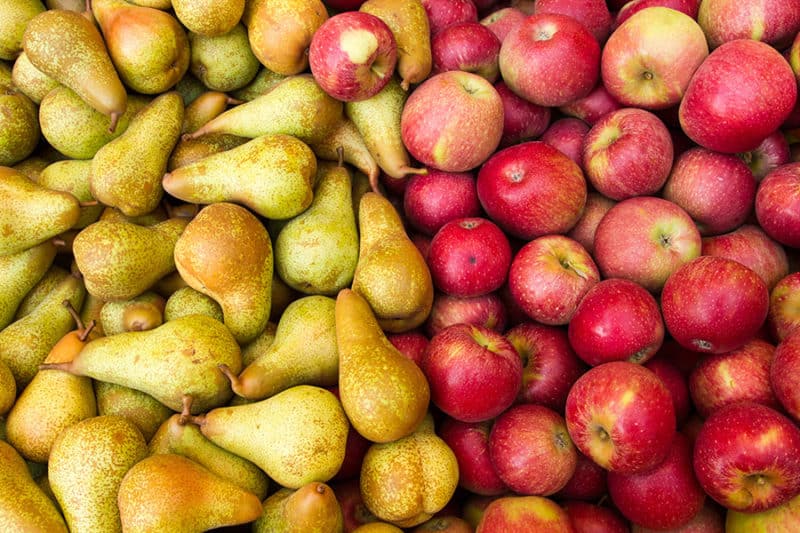
Apples and pears both do well in the root cellar with some forethought. They should be wrapped in newspaper to inhibit the release of ethylene gas because the ethylene can cause other produce to go bad.
With that in mind, store apples and pears in wooden or cardboard boxes on the lowest level of the root cellar. They prefer 40°F with a 90% humidity level. They can last up to five months depending on conditions.
Best apple varieties for storage: Arkansas Black, Braeburn, Cameo, Crispin, Fuji, Ida Red, Newtown Pippin, Northern Spy, Pink Lady, Rome Beauty, Winter Banana and Yates
Best pear varieties for storage: Anjou, Bosc, Chojuro, AsianComice, Highland, and Winter Nelis.
Grapes
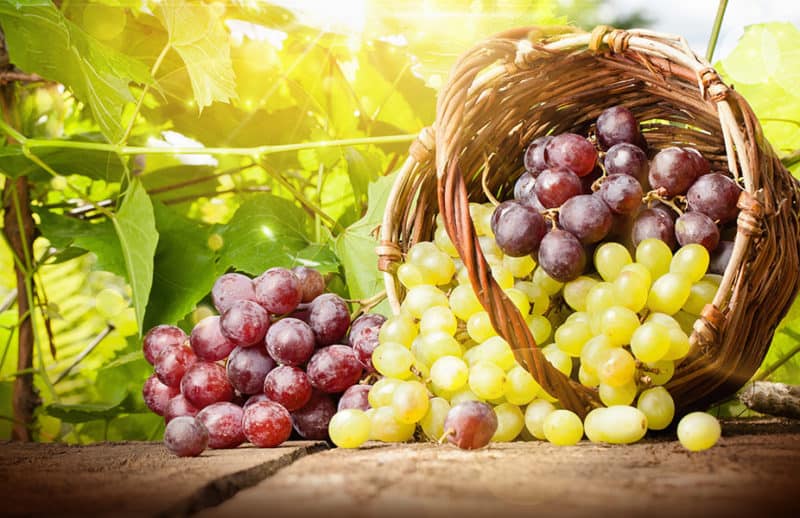
Fall-harvested grapes keep for up to two months in the root cellar. Ideally, they need to be cool and moist, 40°F with 80% humidity.
Let them ripen on the vine and cut stems off with scissors. This helps prevent bruising. Place them in a single layer on trays.
Best storage varieties: Catawba, Sheridan, and Steuben.
Quince
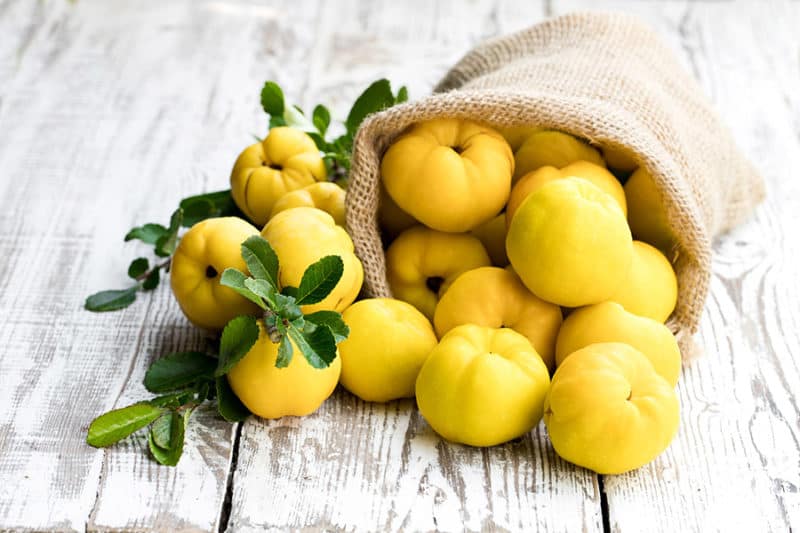
Quinces are good keepers and a less common root cellar garden crop. Allow the fruit to tree ripen and turn yellow. Store them as you would apples. They can last four to five months in a root cellar.
Citrus Fruits
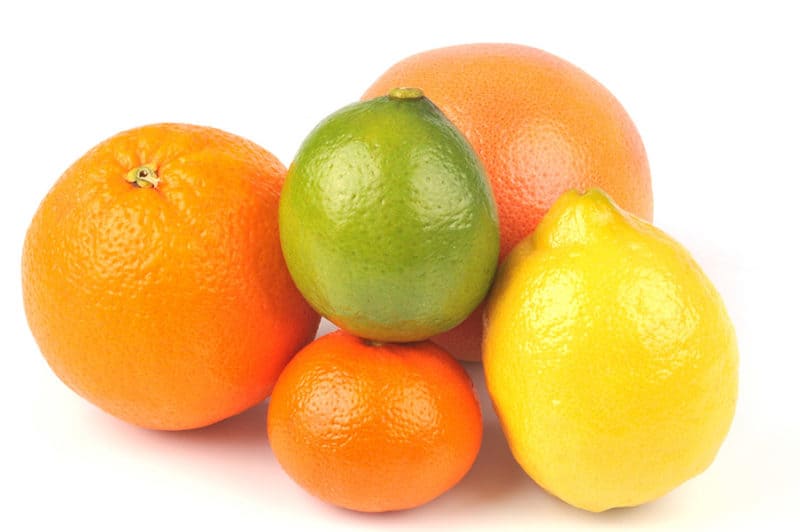
If you live in the deep south and unable to resist school groups selling citrus fruit during the winter holidays, never fear: citrus fruits do well in the root cellar. I have had the best luck with lemons and limes.
Oranges and tangerines last up to two months in a cool place between 32-40°F. They like higher humidity, so store them on the floor in the back corner of the root cellar. Lemons and limes can last even longer.
Tips For Harvesting
It’s not enough to grow the right plants, you also need to know how to harvest them to ensure they can be stored a good long time.
- Wait for the temperatures to drop and the nights become chilly before harvesting your produce.
- Store only the best produce – any vegetables or fruits with bruises or bug damage should be eaten first as they spoil easily.
- Cure vegetables that require it – this is a vital step.
- Don’t wash your produce – just brush off the loose dirt because washing can lead to rotting.
- Handle produce gently so that you don’t cause bruising or scrapes that lead to decomposition.
- Store produce in the right place – root cellars have microclimates. Dry, warm air is near the ceiling on the top shelves. Cooler, moist air is on the floor, especially in the back corner away from the door.
- Don’t pile all your produce in a heap. There is a reason we recommend that you space them out. Vegetables that are in a pile generate heat, which in turn may lead to spoiling.
- Check your vegetables regularly, and immediately remove any with signs of rot. From the lessons of the root cellar comes the saying, “One rotten apple spoils the whole barrel!”
- Treat all produce gently at all stages of harvest, preparation, and storage. Bruised produce spoils sooner.
Curing Winter Vegetables
Many of the vegetables that store well for the winter do so because they are cured first. Curing means to expose them to air and let them dry out a bit before sticking them in storage. This helps to harden the exterior skin or rind and make it less prone to spoiling.
Squash, potatoes, and onions are all veggies that should be cured.
Root Cellar Storage Will Help You Eat Well in the Long Term
Storing fruits and vegetables during lean times is the perfect way to keep enjoying your harvest no matter the weather or situation.
Plant the right varieties, know how to care and harvest them, and you’ll have fresh produce all winter long.
